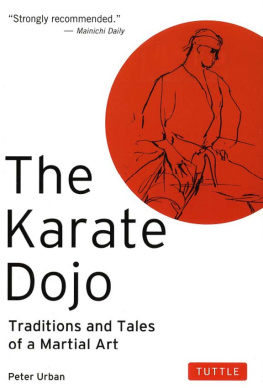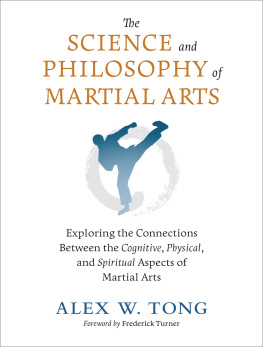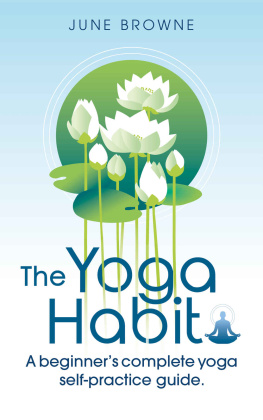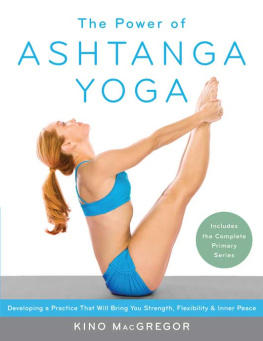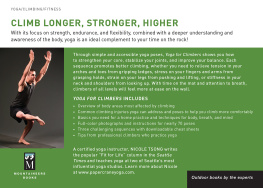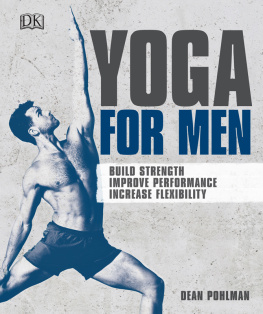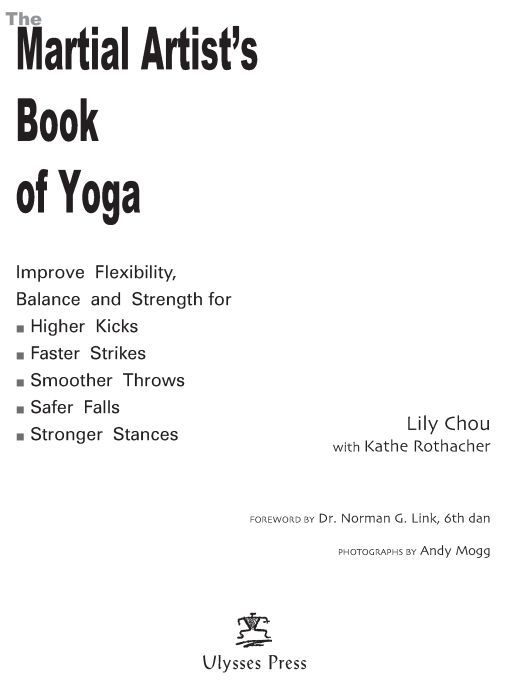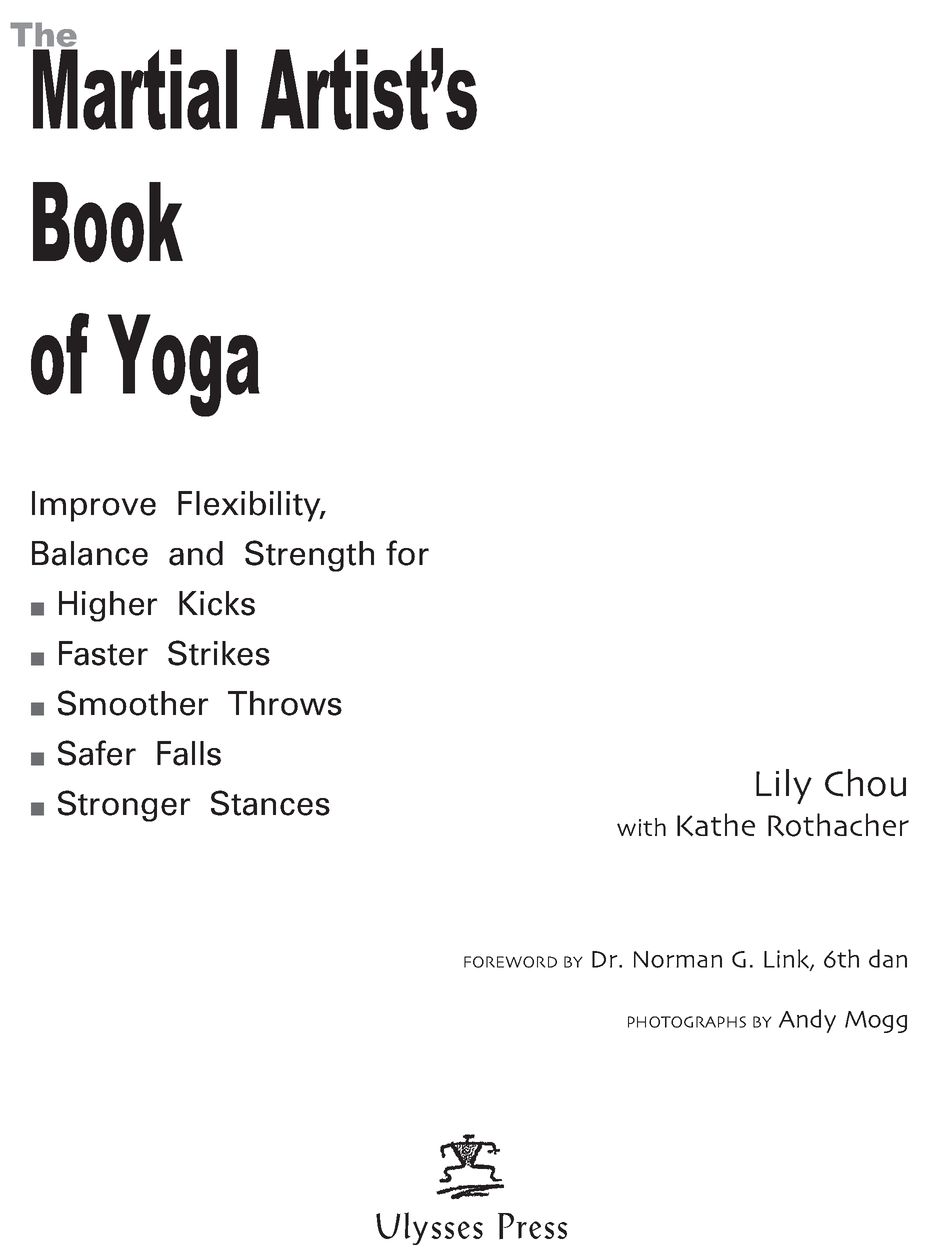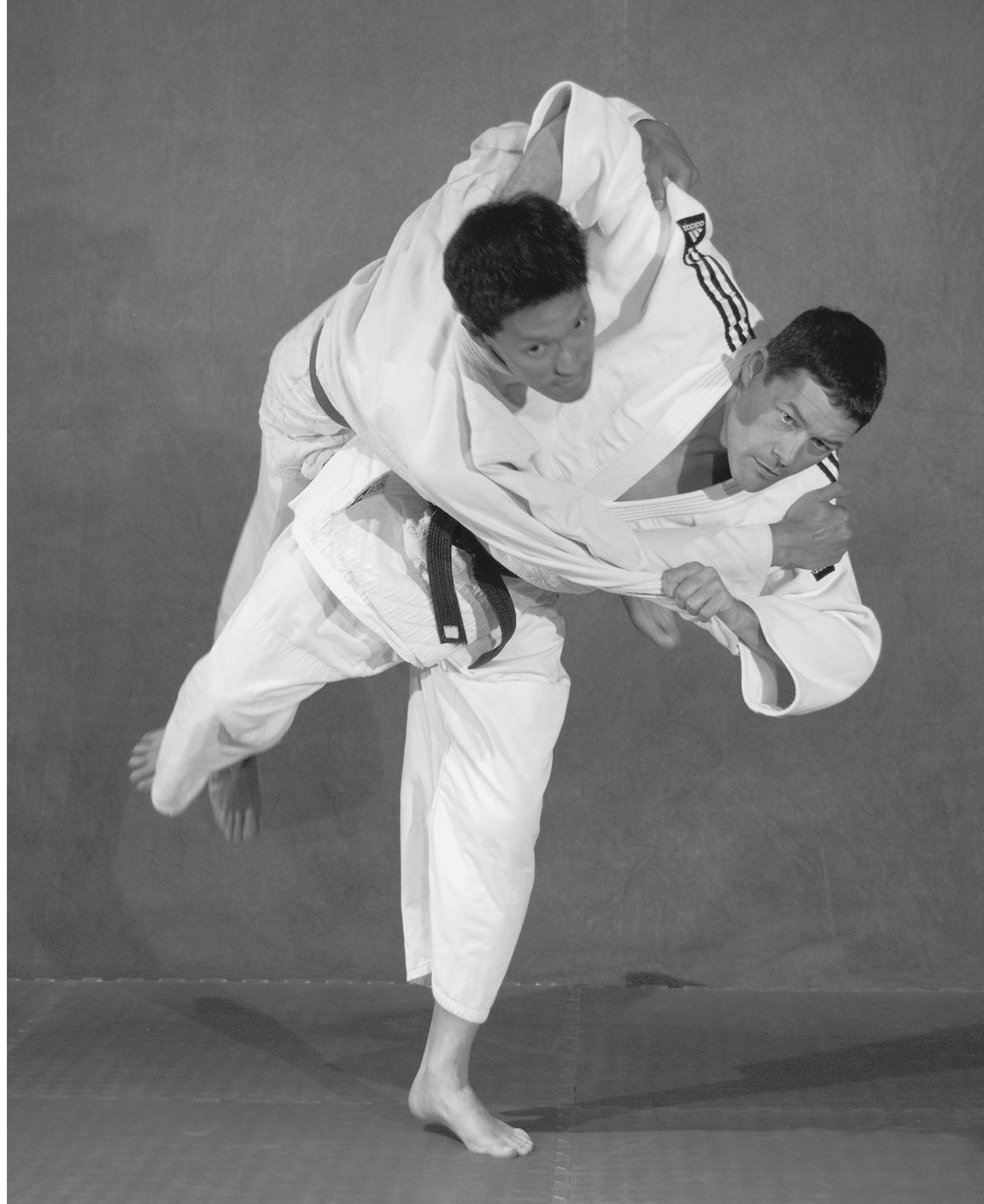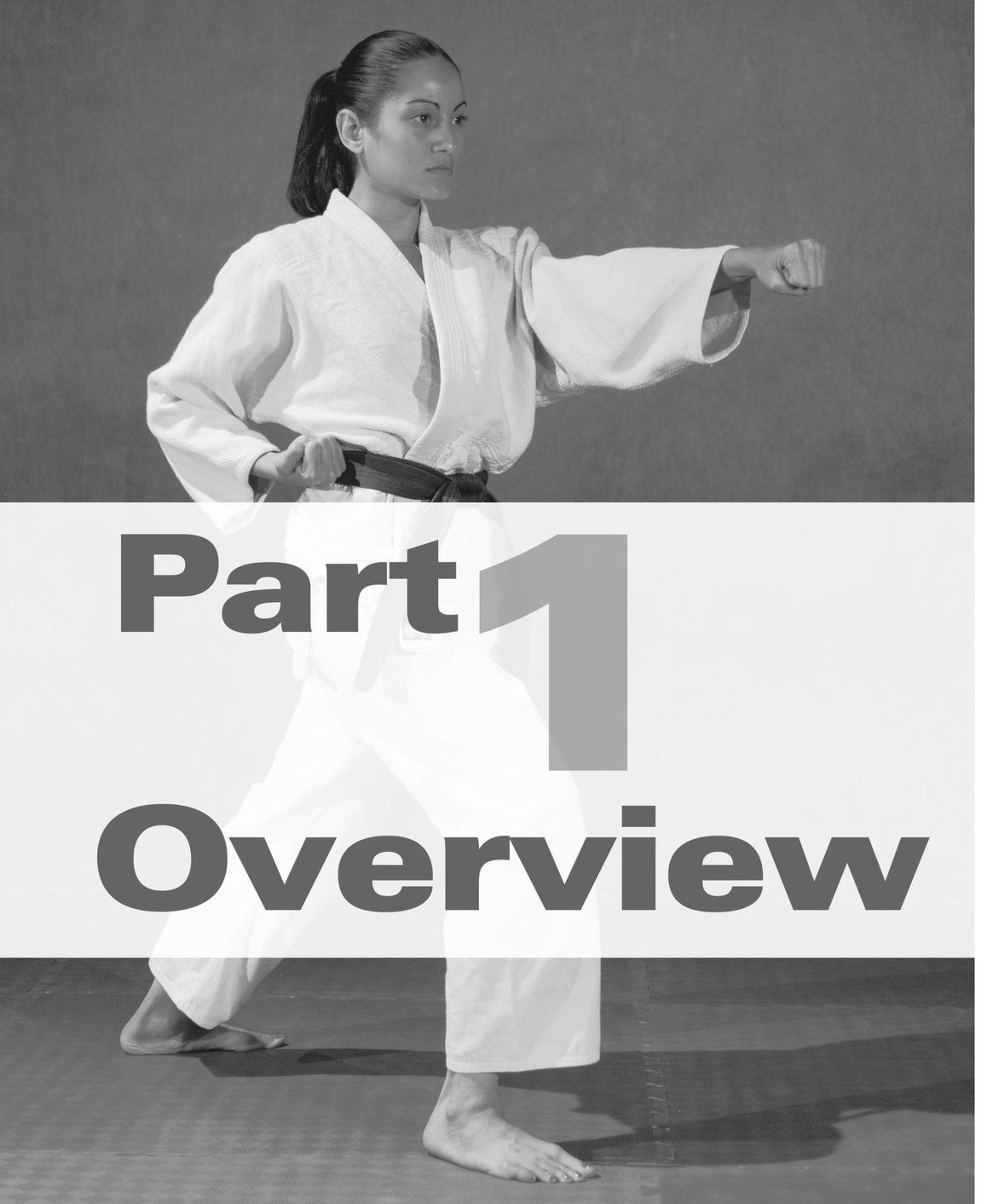Table of Contents
Foreword
If you are reading these words then you are one of the rare few that have chosen to do so. For that reason alone you deserve an explanation as to why the authors of this marvelous book have asked me to contribute a few words. My name will mean nothing to you; suffice it to say that I am a well-meaning person who has spent four decades practicing various martial arts, the last 28 years of them at the University of California at Berkeley. While I have abused, misused, and suffused my body with the rigors that the martial arts require (thus incurring the requisite number of injuries), I would not trade that time and experience for anything. HOWEVER, had this book been available to me when I started all those decades ago (and had I had the wisdom to pick it up and read it), I am convinced that today I would be all the better for it.
The Martial Artists Book of Yoga is a long overdue project that helps return the martial arts to the world of a normal adult. Since the late 1960s, the martial arts have been associated with young, hyper, mostly male athletes who, for various reasons, wreak violence upon the world. The art in the term martial art has been lost, and with it the centuries-old attraction of martial exercise for all people, from the very young to the very old. Most traditional martial arts emphasized the essential interrelationship between mind and body. Unfortunately, the healthy philosophical as well as psychological aspects of the martial arts have eroded with the rush of competitions, from local events to the Olympics. This book not only can help all levels of martial arts practitioners but in a new way guides one in the direction of reintroducing both the physical and mental aspects of physical training.
I encourage everyone to find a nice quiet corner someplace and join me in enjoying and benefitting from this great book on human origami.
Dr. Norman G. Link, 6th dan yongmudo
Associate Director, Martial Arts Program
University of California at Berkeley
Preface
Welcome to The Martial Artists Book of Yoga, a guide to improving your martial arts skills with the ancient practice of yoga. While the martial arts and yoga might seem like natural partners, even people who practice both dont always consider how deeply complementary they are. This book explores in detail the specific, practical ways yoga can benefit all forms of martial arts training, from honing particular techniques to enhancing your overall conditioning and awareness.
Count me among the people who took a long time to recognize the positive impact yoga could have on my martial arts training. Initially when I tried yoga, it wasnt specifically to improve my martial arts practice, but to undo injuries. The thought that I could become a better martial artist by practicing something presumably unrelatedyogahad never occurred to me. But having trained in the Korean martial art of hapkido for six years and in taekwondo, another Korean discipline, for three, I had acquired an alarming number of neoprene supports and braces to hold my body together. These braces basically kept my various armored joints from reaching their pain zones, but they restricted movement and inhibited strengthening. Surely there was some way to correct the self-damage I had unwittingly done over the years and restore the flexibility and range of motion I had once enjoyed. Yoga, known for its therapeutic properties, seemed a logical thing to try.
Author Lily Chou blocks a front kick.
Despite this motivation, I was bored to tears with my first yoga class. I remember standing in what the instructor called Warrior I, holding the pose beyond the point where my quads were burning and my arms shaking. But my mind, accustomed to obvious outward goals such as striking a target or rolling forward in a straight line, didnt know what to do with itself. Im sure it probably emitted a long silent shriek until we were allowed to move into a different pose. Yoga was so quiet and... introverted. My body was willing but my mind was not ready.
It would be another year before I attempted yoga again (for the same reason). This time, perhaps because of Kathe Rothachers refreshing teaching style, I began noticing the similarities between yoga and the martial arts. But it wasnt until the following year, when I started teaching hapkido and deconstructing its various techniques, that I was convinced that yoga is indeed a great complement to martial arts training. Its no coincidence that some yoga poses resemble techniques in your martial arts repertoire. The two are not disparate entitiesmartial arts may even originate from yoga, as youll read in the What Is Yoga section.
Whatever the relationship between yoga and the martial arts, with this book I hope you, too, gain improvements in both your martial arts training and life.
Lily Chou
September 2005
Part 1
Overview
What Is Yoga
For all its current popularity, the age-old Indian practice of yoga still retains an elusive past. It may have existed as far back as 3000 B.C.E.excavations in the Indus Valley have yielded stone seals depicting figures performing yoga asanas (or poses). These discoveries have led scholars to surmise that yoga evolved from shamanistic practices that flourished in that ancient civilization. But while we lack a definitive understanding of its origins, yogas continuing vitality as a philosophy, art, and science is clear.
The word yoga basically means union. It comes from the Sanskrit root yuj, which translates as to yoke or to bind, referring to the ultimate ideal of yoga as a way to completely integrate mind, body, and spirit. Over hundreds of years many methods and specialties of practice have developed, ranging from intense physical exercises to esoteric meditations such as absorption in total silence. In the second century B.C.E., in an effort to standardize the multitude of yoga forms that had arisen, an Indian sage named Patanjali composed the Yoga Sutras. There he outlined the eight aspects of yoga:
1. yama (self-restraint); 2. niyama (observance of purity, devotion, and study); 3. asana (physical exercises); 4. pranayama (breath control); 5. pratyahara (withdrawal from the senses); 6. dharana (concentration); 7. dhyana (meditation); and 8. samadhi (enlightenment).
Although some Western practitioners may actively engage in aspects of yoga such as breath control and meditation, the vast majority dont venture beyond the physical poses. The martial arts, however, more or less demand developing self-restraint, devotion, breath control, and concentration, among other things, when martial artists endeavor to improve the form, execution, and understanding of their techniques.


